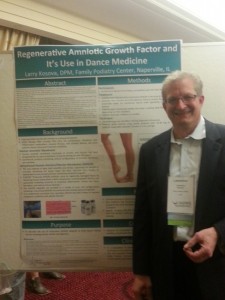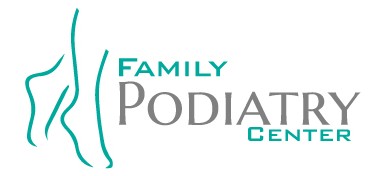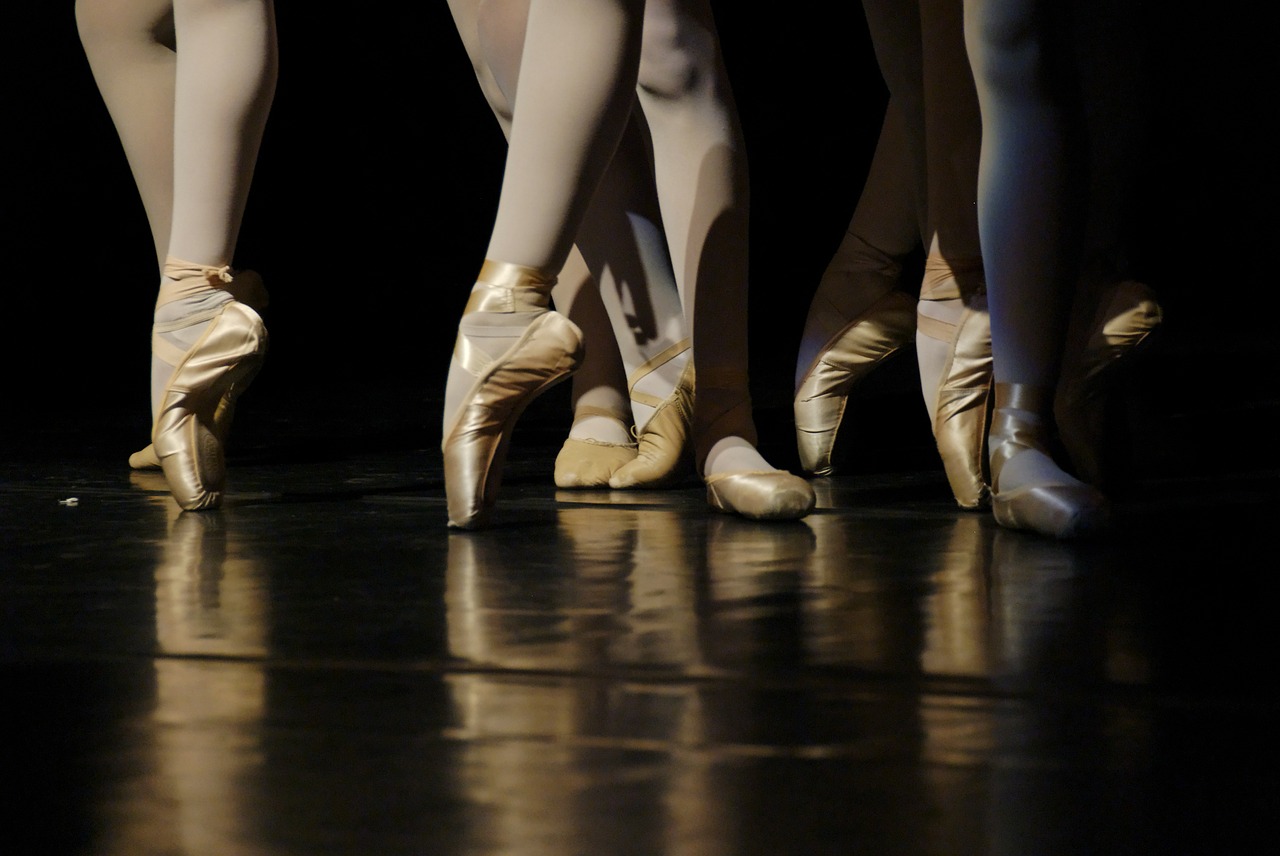 Doctor Kosova attended the International Association of Dance Medicine and Science’s (IADMS) annual meeting and presented his experience with Regenerative Amniotic Growth Factor. The IADMS features a multitude of dancers from high school age to national level acts and performers.
Doctor Kosova attended the International Association of Dance Medicine and Science’s (IADMS) annual meeting and presented his experience with Regenerative Amniotic Growth Factor. The IADMS features a multitude of dancers from high school age to national level acts and performers.
Grade 2 ankle sprains are a common injury dancers face. an acronym often used for treatment for these types of injuries is “RICE “(Rest, Ice, Compression, Elevation)
I recently discussed the use of Amniotic Regenerative medicine in treating dance injuries and it’s benefits to a room full of dancers, physicians, and therapists. There was a feeling of excitement in the air when I disclosed that patients who had sustained dance related injuries, requiring months of rehabilitation, were finding themselves back onto the dance floor within 1-3 weeks of starting treatment.
How does it work?
- Patients were injected with needle guidance using amniotic growth factor into their painful sites. Common among them was the Abductor Hallucis muscle belly, Flexor Hallucis tendon, Sesamoids under first metatarsal, lateral ankle ligaments and Posterior Tibial Tendon.
- Patients were reassessed weekly and used a walking boot for a week or longer depending on their condition.
- Patients took pain medicine as needed.
Technique:
- The pathology was identified utilizing diagnostic ultrasound.
- Patients were injected using needle guidance with 20-40 mg of micronized dHACM mixed with Lidocaine 1% plain in a 5cc syringe.
- Common among all patients was the quick reduction of pain and swelling.
- Pain medicine was discontinued since it was not needed and occasional icing proved to be more beneficial. Pain to the ligaments was nearly resolved within 1-3 weeks.
- Specific locations, like the interosseous tissue swelling that would commonly be seen with grade 2 ankle sprains appeared to reduce more quickly with the use of dHACM.
Conclusions
- Injection of micronized dHACM allograft was effective in reducing pain and swelling, and allowed the dancers to return to performing sooner than expected.

